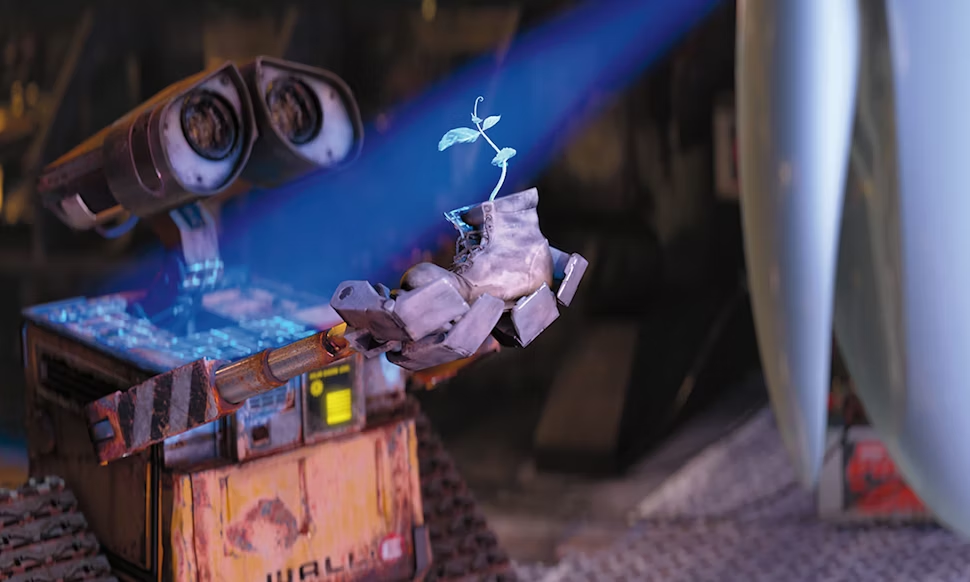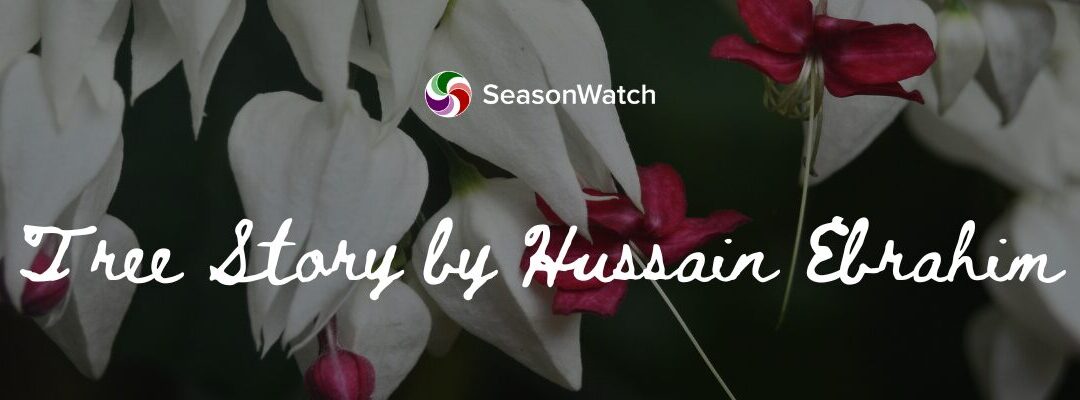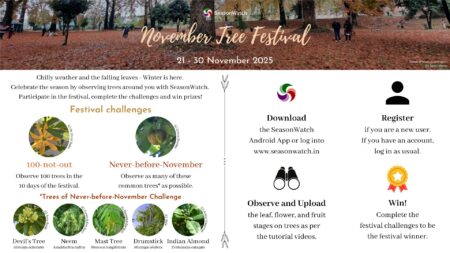On the full moon night of April’s pink moon, I walk with my five-year-old niece amidst mango showers in our colony, in hot and humid Bangalore. This time around, we observe plants, ants and tree barks. She surprised me with a peculiar flower that had bracts and was also monoecious. Native to Florida, Clerodendrum thomsoniae is a climber known as bleeding red vine.

Clerodendrum thomsoniae. Photo by Maureen Barlin
I would normally shy away from observing plants as I’d struggle identifying them. But this one was so easy, and my special liking towards many monoecious plants brought me back to my days studying systematic biology and plant taxonomy. The timely email received regarding an MSc by research programme started at my university gave me the confidence to be able to identify the species of trees and plants in my neighbourhood. With the Campus Phenology Network (2025-2026) started by SeasonWatch, I doubted myself being able to meet the expectations of ten species, and observations of each species every week for a whole year.
The keen interest of my niece in walking amidst flowering flora and collecting leaves, fruits or twigs made me want to revive my expertise in this field of herbarium studies, as a part of preserving and collating plant specimens. In her company, tasks are doable every week, adding lightness to the heavy homework throughout the year. With her keen interest in flora, reviving old memories with herbarium preparation using old newspapers and weights, were added motivations to resume my journey in pursuing the documentation of plant-derivatives used in healing and naturopathy, with an element of associated astronomical beliefs.
As of today, I have successfully added ten tree species to the SeasonWatch App – and relearnt diverse flowering, fruiting and leaf arrangement patterns that govern floral systematics as a science that helps identify species – and documents phenological variations. It has helped me pursue an incomplete chapter in astronomical links that humans have associated with plants, over generations of traditional healing in plant-derived medicine.

Movie: Waste Allocation Load Lifter: Earth-class. (WALL-E). Image source: Imagix
Today, she ate ‘makhana’ – fox nuts, and was delighted to know their origin. I hope the aspirations of my niece to become an astronaut take her into space, to plant her first seedling on Mars perhaps, and value nature and greenery as a life force of planet Earth. Watching ‘Eva’ the robot: save the last plant in a shoe, with her, was fulfilling. Last evening, we walked and learnt about the fig tree, its huge leaves and how a wasp nests in its syconium. Wonder what awaits the rest of the nine species throughout the year. I must also introduce her to biblical narratives of the fig and its cultural relevance in Abrahamic faiths. Perhaps a bedtime story for tonight.
About the author: Hussain Ebrahim is an independent researcher, educator of alternative schooling, and a recent PhD scholar at the University of TransDisciplinary Health Sciences and Technology (TDU – Yelahanka, B’lore, Karnataka).
Learn more about TDU’s MSc by Research – Plant Systematics Program here.







Lovely article Dr. Hussain, especially the wall-E reference.